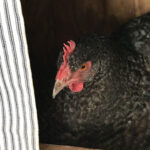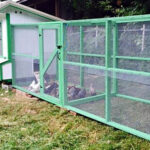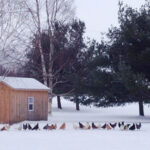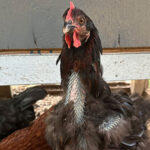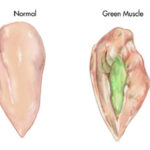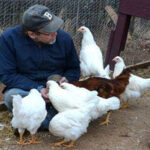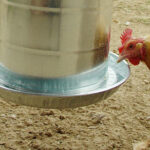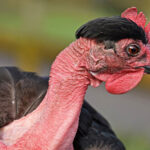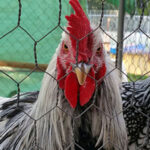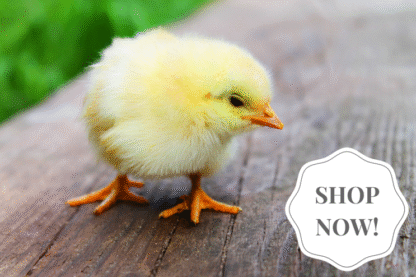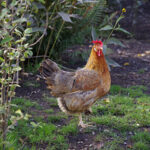
Keeping chickens in your garden can be beneficial or it can be detrimental, depending on how you manage your flock. Here are 6 tips for managing chickens in your vegetable garden so you can enjoy both your chickens and your garden. Make sure the flock remains in the garden A fence around the entire garden […]
Continue Reading
